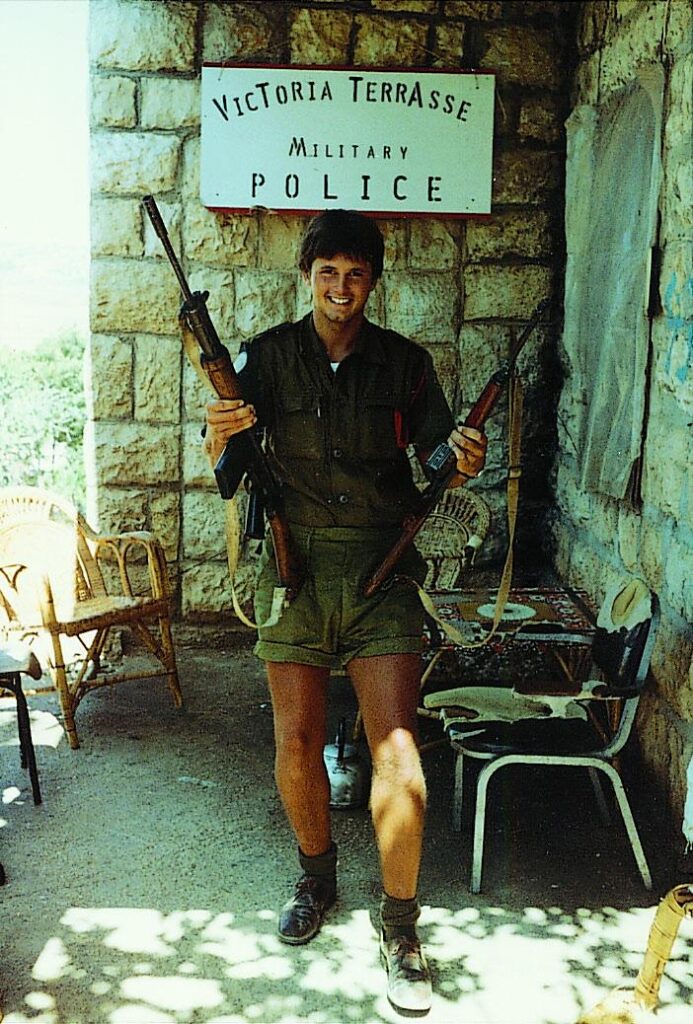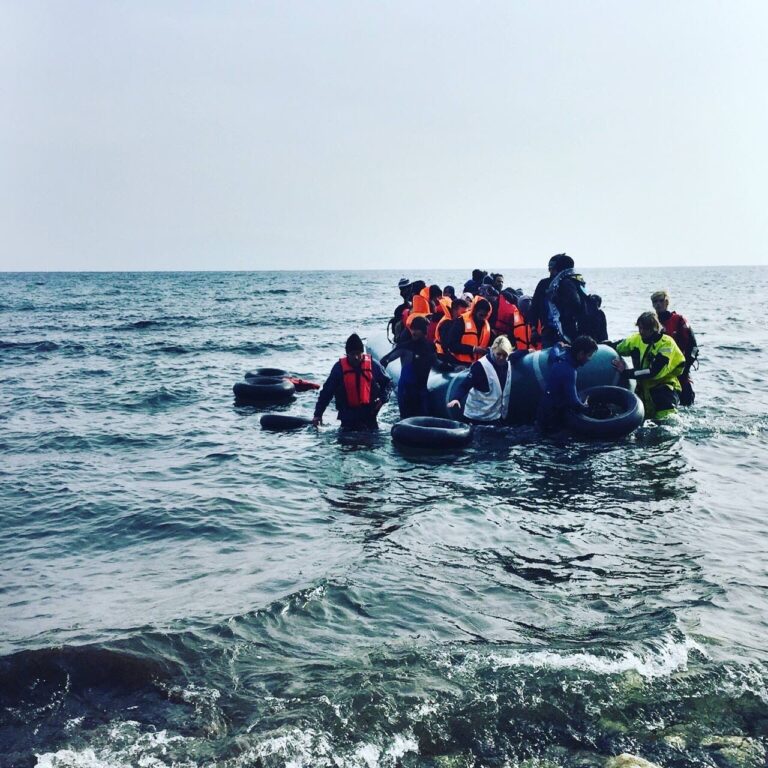The Lebanon invasion 1982
Intense firing
“No,” said Ellefsen. “This is something new.”
17 hours later, on June 6, 1982, Israel invaded southern Lebanon. In the space of a few days, 632 tanks, 891 armored personnel carriers, 30 self-propelled bombers and a rocket launcher battalion, equivalent to two to three mechanized divisions, rolled through Norbatt.
100, 000 Israeli soldiers
About 100,000 Israeli soldiers followed in four axes. Norbatt registered 200 shots of artillery, bombers and rockets in its own area and in Saqi (an area at about the 7 acre) alone, 59 artillery shots fell in one day.
Israeli counter-fire caused 4,000 heavy artillery shells to be fired over Saqi and into the Bekaa Valley within 24 hours. Amazingly, we lost only one man. Erling Robert Ekrheim.
How many died on their own in the years that followed, the statistics say nothing about. Norbatt’s personnel made some attempts to prevent the advance of the IDF.
But it stopped with the attempts. Israel’s collaborator in Lebanon, Major Saad Haddad, seized the opportunity and tried to clear out the remaining resistance in our area.
The unrest is building up
In the weeks that followed, Norwegian UN soldiers worked hard to prevent arrests, arbitrary executions and rapes. It was a horror scenario taken from Dante’s inferno for young Norwegian soldiers.
The unrest has built up in me in recent days. The waking nights have become more frequent, the thoughts are often back in Lebanon.
Small children drowning in the Mediterranean
Anxiety creeps in. The flashbacks as well. There has been no shortage of triggers this year. The war in Syria and Iraq, IS, Ukraine, small children drowning in the Mediterranean.
At the age of 19, I helped retrieve two dead 12- and 13-year-old boys from a minefield just outside the city of Marjayoun in Lebanon, in the fall of 82.
It was my first encounter with the brutal reality of the war. It should not be the last. Thirty years later, I still remember the smell of dust, gunpowder, and blood. Unfortunately, I can all too well imagine how it is experienced in today’s war zones.
The events in Lebanon are ancient history now. As it will be for those who served in the Balkans, in the Gulfwar, Somalia, in Afghanistan and in some years – Ukraine.

